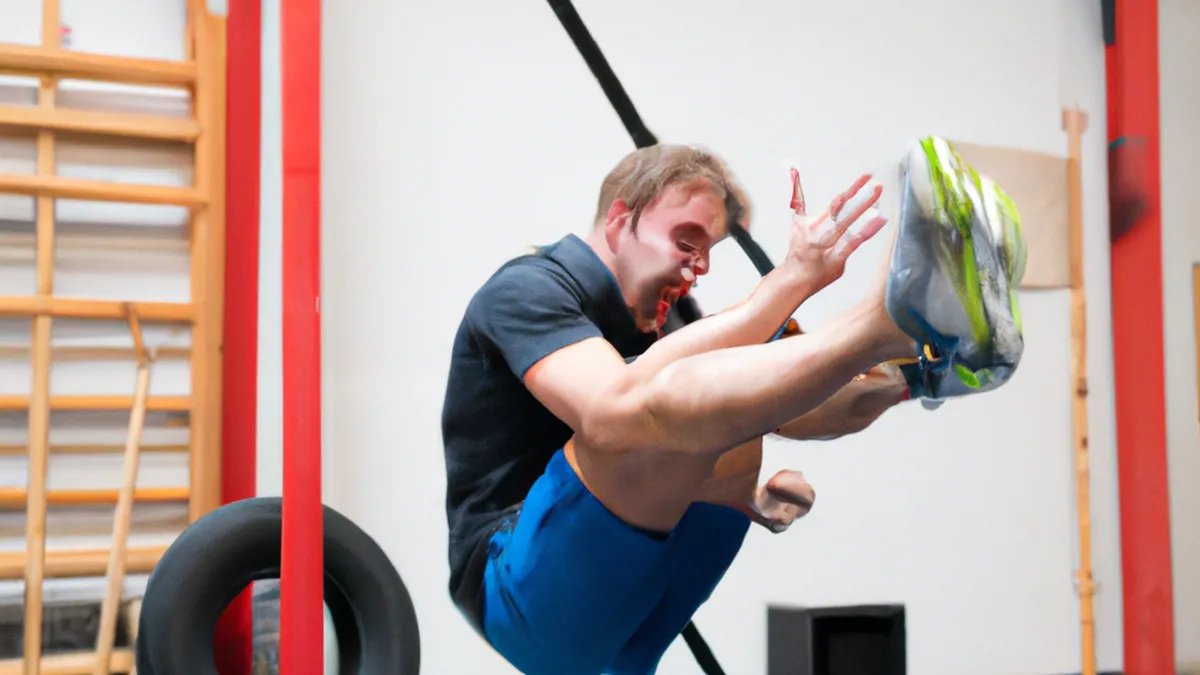Explosive Recovery: 6 Plyometric Methods
Advanced Techniques for Plyometric Training in RecoveryPlyometric training often involves explosive movements and high-impact exercises. Many people underestimate its value in recovery programs. Advanced plyometric techniques can aid rehabilitation and enhance performance after injuries. This post explores effective strategies for using plyometrics as a recovery tool while ensuring safety.
As an Amazon Associate I earn from qualifying purchases.
Gear tip: consider ergonomic footrest, sport sunscreen, and anti chafe balm to support this topic.
Understanding Plyometrics
Plyometrics, or “jump training,” involves quick, powerful movements that use the stretch-shortening cycle of muscles. This cycle includes an eccentric (lengthening) phase followed by a concentric (shortening) phase. Athletes use plyometric exercises to improve strength and speed, especially in sports that require rapid power bursts. During recovery, adapt plyometrics to support rehabilitation by strengthening muscles and promoting joint stability.
Tips for Safe Plyometric Training
Safety must be the top priority when incorporating plyometrics into recovery programs. Here are advanced techniques to consider.
1. Start with Low-Impact Movements
Begin with low-impact variations for a safe return to plyometric training. Perform exercises like box jumps, depth drops, or squat jumps on soft surfaces. Minimize landing impact to allow gradual adaptation to explosive demands. As strength improves, progressively increase exercise intensity and complexity.
2. Focus on Form and Control
Proper form and control are crucial in plyometric training, especially during recovery. Engage in explosive movements only with adequate technique to prevent further injury. Maintain a strong core, align knees over toes, and ensure stable landing positions. Use mirrors or recordings for visual feedback to assess form. Prioritize quality over quantity to enhance exercise effectiveness and minimize injury risk.
3. Incorporate Eccentric Movements
Eccentric plyometrics emphasize the lengthening phase of muscle contractions, benefiting injury recovery. Exercises like depth drops focus on controlled deceleration and muscle lengthening. This technique strengthens muscles and connective tissues while promoting joint stability. Incorporate eccentric movements to enhance recovery and improve muscle resilience.
Structuring Plyometric Sessions for Recovery
To maximize plyometric training benefits during recovery, structure sessions wisely. Here are some guidelines to consider:
Warm-Up
Conclusion
Incorporating advanced plyometric techniques in recovery can enhance rehabilitation and performance. Prioritize safety and proper form for effective training.
Below are related products based on this post:
FAQ
What are plyometrics?
Plyometrics, also known as “jump training,” involve quick and powerful movements that exploit the stretch-shortening cycle of muscles. This training method is often used by athletes to improve strength and speed, particularly in sports requiring rapid power bursts.
How can plyometrics aid in recovery?
Advanced plyometric techniques can support rehabilitation by strengthening muscles and promoting joint stability. By carefully adapting plyometric exercises, individuals can enhance their recovery process after injuries while minimizing the risk of further damage.
What safety measures should be taken when performing plyometrics?
Safety is paramount when incorporating plyometrics into recovery programs. It is essential to start with low-impact movements, focus on proper form and control, and progressively increase the intensity of exercises to ensure a safe return to training.















Post Comment